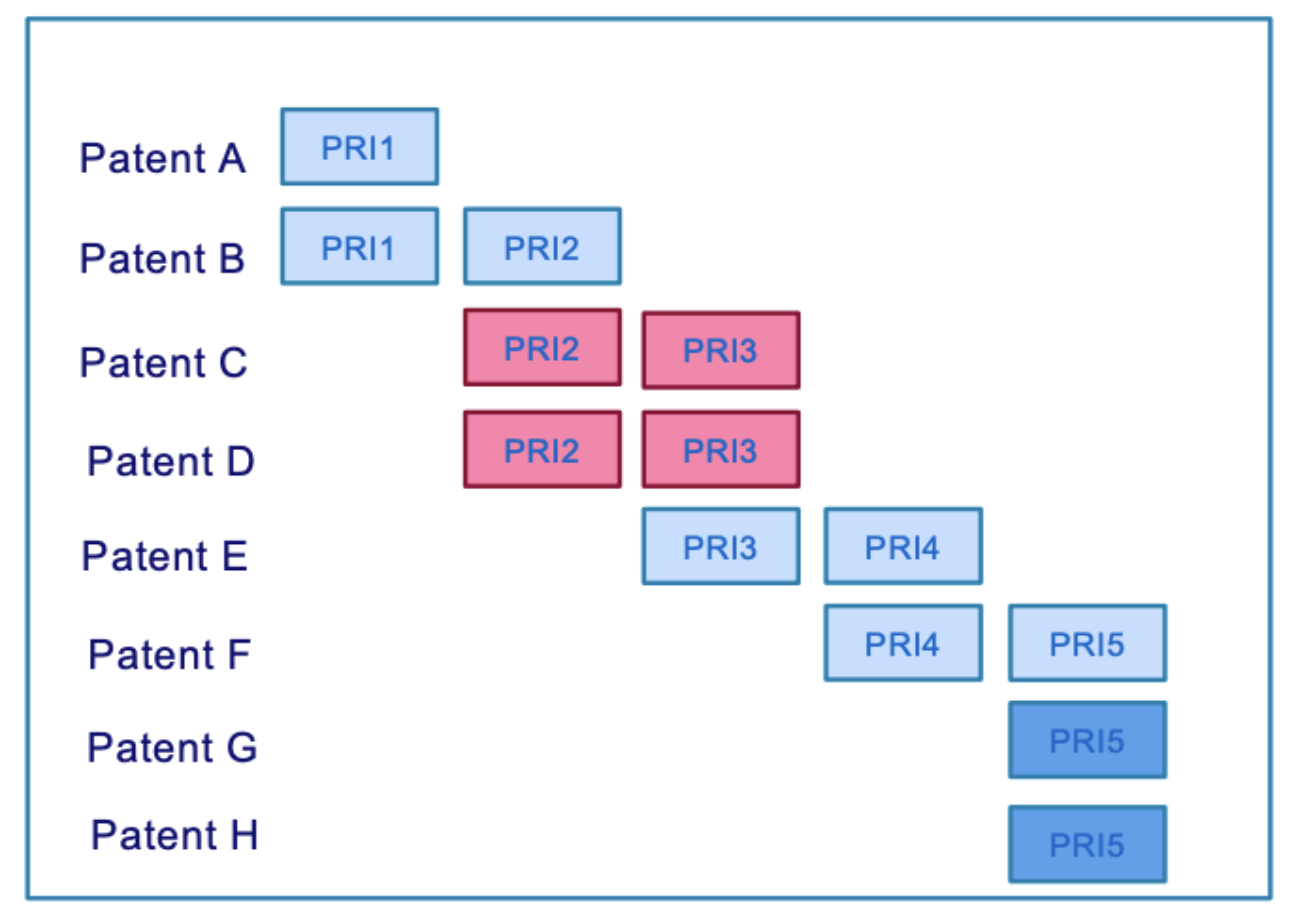PATROLL contestants can now use Pearl, Unified Patents’ AI-based tool, to create invalidity claim charts faster and more efficiently than if they were creating them by hand.
Pearl can use prior art from patents, standards documents, product descriptions, scientific literature, or non-patent literature, and maps these references, including the citations, to each patent limitation in a table format that can be exported into Word, PDF, Excel or CSV format.
Going forward, PATROLL researchers will be required to submit invalidity charts that address every limitation of the challenged claim. This may require using more than one prior art reference.
PATROLL researchers are therefore strongly encouraged to use Pearl to generate claim charts. Each PATROLL researcher can generate up to 10 invalidity claim charts per month using Pearl. These charts can be downloaded then submitted to PATROLL.
Visit Unified’s website for more information on how to use Pearl. Visit our Help Center on how to become a PATROLL researcher.















